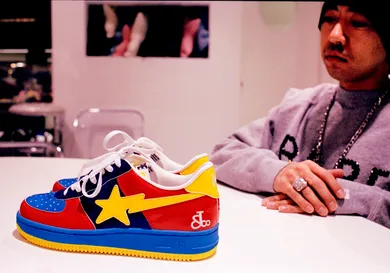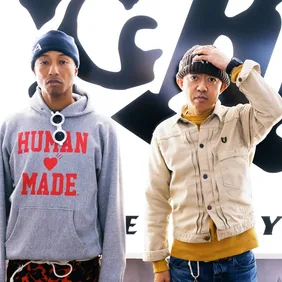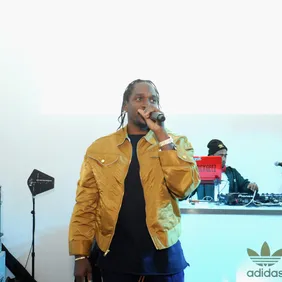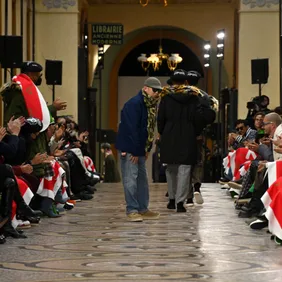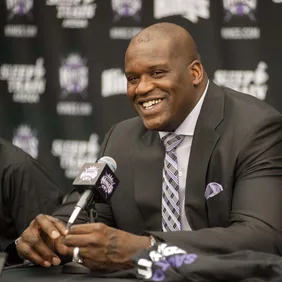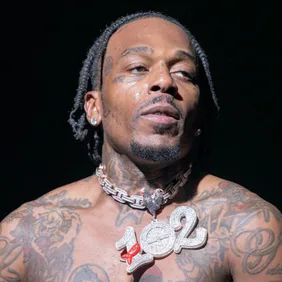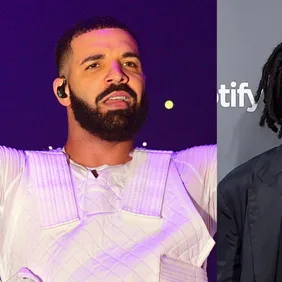Japanese streetwear brand, BAPE, has had a hold on Hip-Hop fashion for over two decades. What began as an exclusive brand in Japan in the 1990s has now become a cultural phenomenon, especially in the Hip-Hop sphere. BAPE's signature "ape" logo and "BAPE camouflage" design have graced too many Hip-Hop music videos to count, and the brand is still worn and rapped about today. So, how did a small start-up from Japan grow into one of the most recognizable streetwear brands in the world? Here's a look at the legacy of BAPE.
Beginnings In Japan
Nigo, the founder of BAPE, formed the brand in 1993 after opening the store NOWHERE in the famous Ura-Harajuku fashion district in Japan. Nigo partnered with a friend from fashion school, Jun Takahashi, to create the store. The two also had immense help from the "Godfather of Harajuku," Hiroshi Fujiwara. Fujiwara was already a major player in Japan's streetwear scene and one of the first Hip-Hop DJs in Japan. With his co-sign, NOWHERE found success early in its creation.
Soon after NOWHERE opened, Nigo used it as the flagship store for BAPE. The brand's name, A Bathing Ape, came from the Japanese phrase, "a bathing ape in lukewarm water," which referred to youth who lived sheltered lives and only focused on school. The name was also about The Planet of the Apes film franchise. This also led to the famous "ape" logo being featured on much of the brand's clothing.
The Importance Of Exclusivity
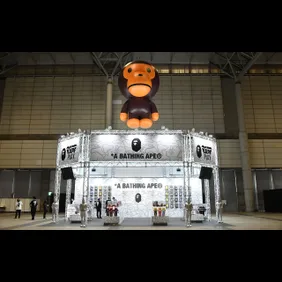
BAPE's early success in Japan came from its exclusivity. Throughout the 1990s, Nigo only made about fifty shirts a week and would give half of them to creatives and influencers to generate buzz. By 1998, over forty stores sold the brand, yet Nigo decided to pull it from those stores and only sell it in one central location. Amazingly, the brand's sales were equal, and possibly better, out of that one store than in all forty.
Around this time, Nigo also opened a boutique named Busy Works in Hong Kong. Continuing the trend of exclusivity, Nigo made it extremely difficult for buyers to access the store. Those who wanted to shop at the store had to undergo an application process that involved obtaining a Hong Kong passport. If approved, they then had to make appointments to enter the store. Around this time, rappers such as the Notorious B.I.G. also began to wear the brand as its popularity began to skyrocket.
BAPE Enters The United States
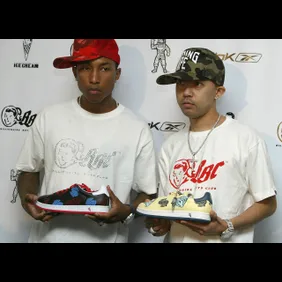
In 2002, Nigo took the brand one step further as he created the Bapesta shoe, which resembled Nike Air Force 1's design. However, through his meeting with Pharrell, BAPE could take off in the United States. Pharrell, a member of the group, N.E.R.D. at the time, was one of the earliest artists to regularly sport the brand in the United States. Despite this, Nigo's introduction to the rapper came from a mutual acquaintance, Jacob the Jeweler. The bling icon mentioned to Nigo that his commissioned pieces were similar to those of Pharrell's, and eventually, the two met in Tokyo.
With this connection to Pharrell, BAPE began skyrocketing in the United States. The partnership between Nigo and Pharrell grew in 2005, as the two co-created the brand Billionaire Boys Club and Ice Cream. By 2005, BAPE was growing into a staple of Hip-Hop fashion in the United States. In addition, it would soon hit its "golden age" in the United States.
Golden Age In The Mid-2000s
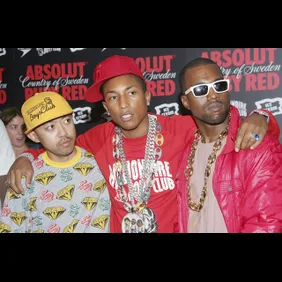
During the mid-2000s, BAPE became a best-seller in American markets. Rappers such as Lil Wayne, Clipse, and Kanye West were wearing and rapping about the brand. BAPE's influence was so significant that Pusha T and Lil Wayne even feuded over who knew about the brand first. In 2006, BAPE's popularity had grown so much, especially regarding the Bapesta shoes, that two flagship stores opened in New York City and Los Angeles.
Also in 2006, Kanye West designed his custom pair of Bapesta sneakers, which feature the famous "Graduation Bear" from Kanye's first three albums. This was one of Kanye's earliest fashion designs, long before the billion-dollar successes of Yeezy. 2005-2008 marked a "golden age" for BAPE, especially in Hip-Hop culture. However, the brand has long outlasted that period and is still extremely popular today.
BAPE's Legacy Today
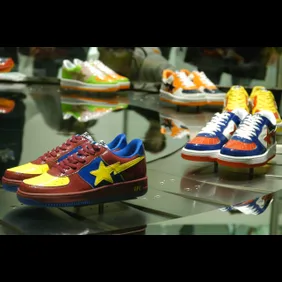
In 2011, Nigo sold BAPE but remained the creative director for the brand until 2013. Despite Nigo's departure, the brand is still alive, worn, and celebrated in Hip-Hop culture. New pieces are still created, and many of BAPE's archived pieces sell for large amounts of money. Despite its humble beginnings, BAPE transcended fashion and became synonymous with culture, especially during the mid-2000s. BAPE is one of the greatest streetwear brands of all time, and its legacy continues to persist today.
